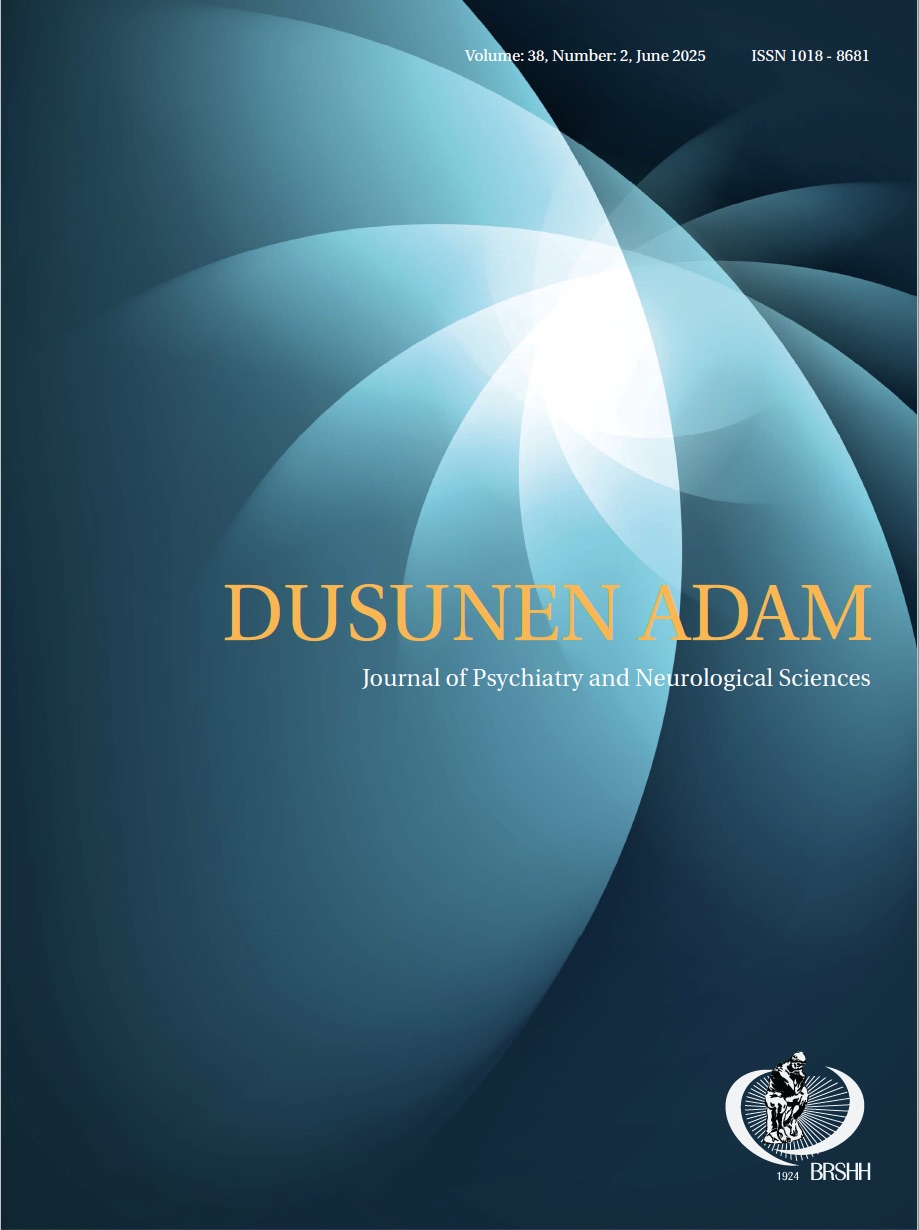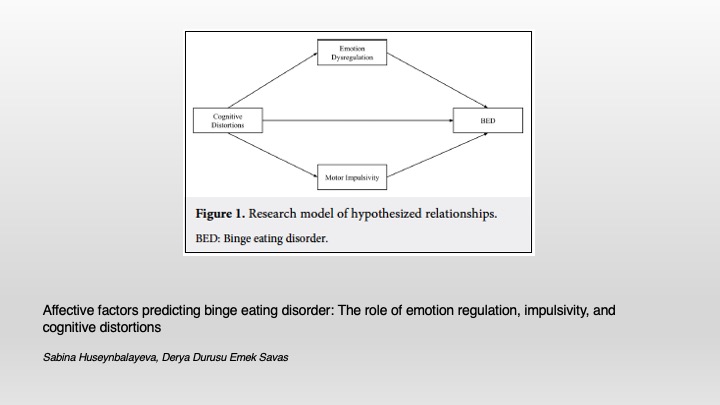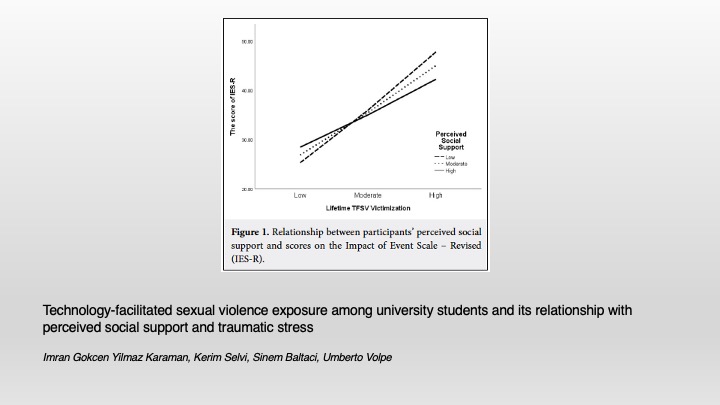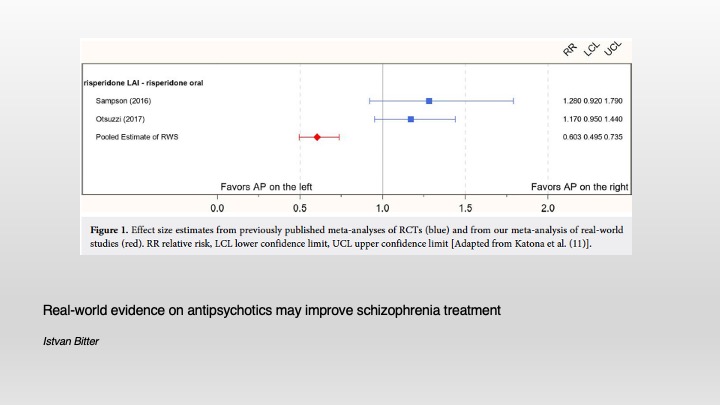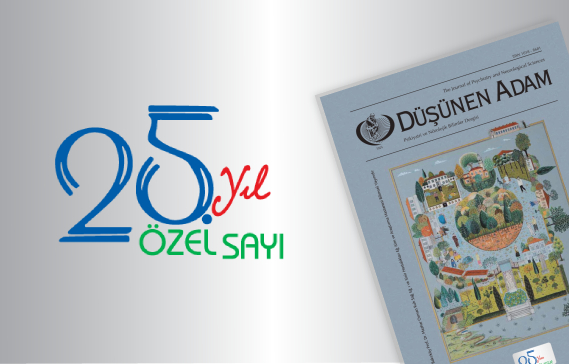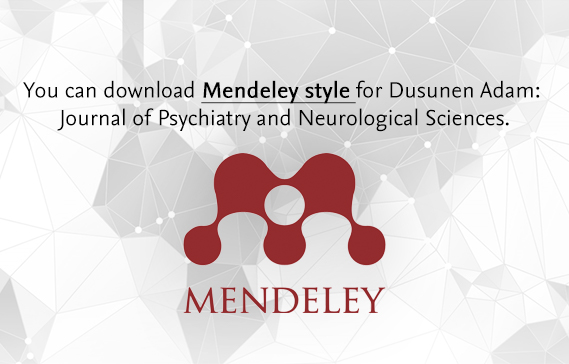2Psychiatry Trainee
3Assoc. Prof. Dr
4Psychiatrist, Bakırköy Research and Training Hospital for Psychiatry, Neurology and Neurosurgery, İstanbul - Turkey
5Psychiatrist, Nöropsikiyatri Hospital, İstanbul - Turkey
6Psychiatrist, İstanbul Training and Research Hospital, İstanbul - Turkey
Abstract
Body dysmorphic disorder is a relatively common disorder seen by psychiatrists as well as other physicians from various specialties. The main feature of the disorder is intense preoccupation with either imaginary or real, but minor imperfections in one’s appearance. Symptoms usually emerge in adolescence or young adulthood and may remain undiagnosed. In this article, we presented a case who had started taking low dose benzodiazepines to calm down the anxiety caused by frontoparietal hair loss which he defined as “empty areas that catch my eye continously”, and addicted to this drug.
INTRODUCTION
Body Dysmorphic Disorder (BDD) is a disease which psychiatrists and physicians other than psychiatrists frequently encounter. Its main characteristic is intense mental preoccupation with an imaginary or mild physical defect in the appearance. Its life-time prevalence was reported approximately 0.1-1% (1,2). However, most of BDD cases are skipped or misdiagnosed in psychiatric admissions. Although cases with in adulthood or childhood onset were reported, symptoms generally begin in adolescence or young adulthood (3). Although it is thought that women are affected more than men, researches showed that men and women are affected equally. Biological, psychological and environmental factors were reported to be responsible in the etiology (4).
BDD patients mostly complain about imaginary or minor defects of the face or head such as thinning of hairs, acne, wrinkles, scars, vessel traces, paleness or redness of the skin, swelling or facial asymmetry (5). Symptoms such as obsessive thoughts about this imaginary or minor defect, compulsive behaviors towards them, depressive symptoms, delusional thoughts and beliefs about the perceived defect, social withdrawal, social phobia, social isolation, suicidal thoughts or attempts, anxiety and possible panic attacks, chronic low self-esteem, thinking about their defects are realized by others in social settings, reluctance for going out of home, dependent personality, difficulty in focusing or working due to excessive concern about external appearance etc. can be seen clinically. People with BDD may seek surgical treatment to correct their imaginary defects (6).
In patients with BDD, alcohol or substance abuse is highly prevalent as a self-treatment (6). In a study which co-morbid axis I diseases were investigated in patients with BDD, depression and substance abuse were found to be developed secondary to BDD (7). In patients whom abused substances lifelong, in 68% of them whom diagnosed BDD, substance abuse was related to BDD (8). In this case report, a case who started to use benzodiazepine to relieve the anxiety due to thinning of hair in frontoparietal region of the head which he described as “spaces continuously come in front of my eyes”, developed benzodiazepine dependence and had not been diagnosed for a long period of time was discussed with the literature.
CASE
A.S. was a male patient who was 32 years old, single, born in Kastamonu, fourth of five siblings and a primary school graduate. When he was admitted to our outpatient clinic he was not working and was living with his mother. He was using clonazepam and alprazolam when clonazepam was not available for about 6-7 years. He said that he came to outpatient clinic of Alcohol and Substance Abuse Research, Treatment and Training Center (AMATEM) to quit using these substances, tried several times to quit by himself, could not go out when he was not using them, had symptoms of restlessness, lack of desire, forgetfulness, anhedonia, insomnia, fatigue and startling. There was no history of any substance abuse except benzodiazepines. He was hospitalized with preliminary diagnosis of benzodiazepine dependence.
Benzodiazepine abstinence treatment was arranged at the ward and it was observed in group therapy sessions that he steadily bowed his head and had difficulty to communicate with group members and the therapist. In his individual interview, he told that his hair started being shed 15 years ago, went to several dermatologists and treatment centers for this problem, physicians directed him towards psychiatrists, used fluoxetine, clomipramine and several other medications but his anxiety did not relieve. When he was seventeen he used to look at the mirror till morning, continuously controlling whether his hair started to decrease, generally let them grew long in order not to be realized that they are shed, used hair prosthesis sometime in the past and said that his most valuable thing in his body was his hair. He described thinning of his hair in frontoparietal area as “spaces”. These “spaces” continuously come in front of his eyes, he always see them whether while burying his father or during sexual intercourse, he felt difficulty even getting on a bus because thought that people were looking at him and could not directly look at other people’s eyes.
His uncle was using clonazepam for his psychiatric treatment and suggested him to use it to relieve his anxiety; he first used 1 mg/day weekly and said that he thought about his hair less after started using clonazepam. He easily get prescriptions after saying that he uses clonazepam, was using 10-20 tablets per day and never obtained from illegal sources.
Patient stated that he swallowed nearly 100 tablets of clonazepam a few times when he was in distress but not did this for suicide. When he took high doses he had imbalance and needed excessive sleep, last time he swallowed 115 clonazepam tablets 3 years ago when he closed his shop and his fiancée’s mother told him that he was useless and will not let her daughter to marry him and he became upset and angry.
He said “Pill make me feeble, weak, tired and causes memory loss and numbness; I don’t feel anything when my cheek is cut during shaving but I feel relieved when I take the pill and less concerned”. Although his weight was within normal limits (body mass index=22) he saw himself fat and did not like his body image when looking at mirror. He compared his hair with others, made comments such as “his hair got less or thinner than me”, no man in the family had been bald before and that was one of the reasons of his preoccupation. He said he asked his girl friend whether his hair had anything abnormal and slightly relieved after her response but spaces in front of his eyes started soon after.
There was no physical disease in his history, however, he had psychiatric admissions in the last 15 years, used fluoxetine (40 mg/day), clomipramine and some other drugs which he could not remember the names but did not complete any of the treatment attempts. His mother was treated for anxiety disorder as an inpatient and his uncle was treated for obsessive-compulsive disorder (OCD) with predominant counting obsessions.
In his psychiatric examination; he was alert, cooperated and oriented. There was minor thinning of hair in his frontoparietal area. His psychomotor activity was normal; affect was anxious and consistent with his thought content. His mood was euthymic. Speech speed and amount was normal. His associations were normal and no hallucination and/or delusion was found. There were signs of anxiety and insomnia due to abstinence. Routine blood chemistry was within normal limits. Benzodiazepine was found positive in urinary substance metabolite test.
In interviews with both him and his family, it was learned that mother of A.S. was a housewife and father was a worker, was born in term by vaginal route at home, his mother’s pregnancy was normal, he was an unplanned baby, breastfed for nearly 6 months after his birth and his motor and mental development was normal. When he was in primary school his relations with other children were not good, he was introvert, other children did not take him to their game groups, his friends always made fun of him but he could not remember why, used to spend his time at home with his mother, his father did not interested in him and his brother/sisters, his academic performance was low, his father always criticized him due to low performance and compared him to his brothers/sisters and children of relatives, his attitude was always irritable and he was afraid of his father. After primary school, he did not want to go to school due to fear of being unsuccessful, he was introvert in adolescence, compared himself physically with young guys in his family and his environment, he especially did not like his hair and after hearing from somewhere that water makes hair grow, he started to take bath frequently, he shaved his hair, got angry to his mother for saying his taking bath frequently and continuously asked his mother “is my hair sparse?”.
In MMPI (Minnesota Multiphasic Personality Inventory) and Rorschach tests, there were problems in his body image, ego and identification, his reactions were immature, simple and puerile, secondary gains were generally escaping from responsibilities and duties, had predominant dependent personality characteristics, denied his depressive mood and had depressive characteristics in his behaviors. Body Perception Scale score was 68 and graded his feelings about his hairs as 5 which is the maximum score. In Hospital Anxiety and Depression Scale anxiety score was 7 and depression score was 7; his Beck Depression Inventory score was 14; Yale-Brown Scale score was 8, Maudsley Obsessive Compulsive Questionnaire score was 12. After his benzodiazepine abstinence symptoms recovered, fluoxamine 100 mg/day was started to the patient.
While group psychotherapy and his individual therapy were continuing, he expected immediate solutions to problems he encountered at the ward and required excessive interest from the therapist. According to DSM–IV-TR (9) diagnostic criteria, A.S. was diagnosed body dysmorphic disorder and benzodiazepine dependence and he was discharged by his own will at 10th day of his treatment because he got angry to what was said to another patient by the therapy team due being uncongenial group. He was informed about the need to continue outpatient treatment.
DISCUSSION and CONCLUSION
The case which was admitted and started treatment as an inpatient with a preliminary diagnosis of benzodiazepine dependence, appraised his continuous preoccupation with hair as obsession. In the literature, it was reported that BDD patients were frequently misdiagnosed as OCD and high BDD prevalence (8-37%) was observed in OCD patients as well (2,6,8). Although preoccupation with the body defect in BDD carries characteristics of obsessions and compulsions, for the diagnosis of OCD, obsessions and compulsions should not be limited to body image. Continuous preoccupation with thinning of hair in frontoparietal area was an obsession, continuous collection of information about the issue, going dermatologists and hair implant centers and insisting on hair implant, continuously looking at mirrors and continuously taking bath with belief of hair growth effect were compulsions. Being realized by others of his defects in crowded settings (buses etc.) and consequent touchiness ideas of staring of other people on him, focusing and working difficulty due to excessive preoccupation with outer image were all consistent with the literature (1,6).
Preoccupation of the patient with “defect” of his hair, his excessive anxiety related with this problem, social and professional impairment due to this anxiety and not being able to be better explained by another clinical mental disorder (OCD, delusional disorder etc.), using gradually increasing doses of benzodiazepine to relieve BDD symptoms, developing abstinence symptoms (distress, fatigue, attention deficit etc.) when not used and unsuccessful self-attempts to quit benzodiazepines can all be evaluated as “BDD and benzodiazepine dependence”. In our case, preoccupation with hair started in adolescent period which was emphasized as the initial period in the literature (3).
He stated that he never attempted suicide nor had an idea of it at any time in his life which was a different finding from the literature. However, his behavior of taking 115 clonazepam tablets a few times after an event which he could not cope might be considered as a parasuicidal behavior although he stated that it was not.
He showed expectation of excessive interest from therapy team, sensitivity to criticism, experiencing criticism and expression of negative emotions as rejection and requiring immediate solutions to problems in the ward while admitted in the outpatient ward. When observations from his relationship with therapy team and his life story were considered together, his frustration threshold was low, he could not endure negative emotions in relationships, excessively sensitive to rejection and when all of these were considered, it can be said that he carried dependent personality characteristics. His anxiety with his body image, dependent personality characteristics, excessive sensitivity to criticism or rejection were all consistent with personality characteristics which were thought to be important in etiology of BDD (7).
According to psychodynamic view, most of the symptoms of BDD have meanings and are generally based upon childhood life. BDD was emphasized as reflection of an emotional or sexual conflict to a body part which seems to be irrelevant (10-12). Body part which A.S. chose and his attribution towards it were carrying pieces from “oedipal” period such as “masculinity” and loss of masculinity. In the relationship with his father, it was observed that his father did not support him “well enough” and continuously criticized him destructively by comparing him to others. Patient explained all of his unsuccessful events such as avoiding competition, lack of responsibility and initiative with his “body defect” meaning “defective masculinity”.
Factors creating propensity to BDD were lack of self-esteem, criticizing parents, unconscious replacement of early childhood memories and conflicts. In 60% of the BDD patients, it was observed that their external appearance was made fun of in childhood and adolescence like in our case. Lack of self-esteem (in our case, thinking of not being successful in secondary school) and rejection were also among risk factors. Because BDD is a disorder about body image, it was hypothesized that traumatic life events may cause shame and twisted perception about body (13). In the study of Didie et al. (14) which was done in 75 BDD patients, they found that patients were mostly exposed to emotional neglect (68%) which is consistent with other studies. In our case, emotional neglect of the father was observed.
Due to embarrassment and disappointment like in our case, symptoms are hidden by patients and BDD might be missed due to referral to dermatological or surgical treatments (15).
It was stated that in body dysmorphic disorder, lifetime prevalence of alcohol and substance abuse was 48.9%, disorder potentiated alcohol and substance abuse and continuation, in patients with underlying substance abuse like our case, and it can remain hidden (7). Due to lower age of onset, chronic course and severe functional loss, body dysmorphic disorder should be kept in mind when evaluating patients with alcohol and substance dependence.
REFERENCES
1. Phillips KA. The presentation of body dysmorphic disorder in medical settings. Prim Psychiatry 2006; 13:51-59.
2. Hollander E, Wong CM. Obsessive compulsive spectrum disorders. J Clin Psychiatry 1995; 56: 3-6.
3. Hollander E, Aronowitz BR. Comorbid social anxiety and body dysmorphic disorders: managing the complicated patient. J Clin Psychiatry 1999; 60:27-31.
4. Phillips KA. The broken mirror: Understanding and treating body dysmorphic disorder. New York: Oxford University Press, 1996, 162-164.
5. Rosen JM, Ramirez E. A comparison of eating disorders and body dysmorphic disorder on body image and psychological adjustment. J Psychosomatic Res 1998; 44:441-449.
6. Gunstad J, Phillips KA. Axis I comorbidity in body dysmorphic disorder. Compr Psychiatry 2003; 44:270-276.
7. Grant JE, Menard W, Pagano ME, Fay C, Phillips KA. Substance use disorders in individuals with body dysmorphic disorder. J Clin Psychiatry 2005; 66:309-316.
8. Phillips KA, McElroy SL, Hudson JI. Body dysmorphic disorder: an obsessive-compulsive spectrum disorder, a form of affective spectrum disorder, or both? J Clin Psychiatry 1995; 56:41-51.
9. American Psychiatric Association. Diagnostic and statistical manual of mental disorders, Fourth ed. Text revision (DSM-IVTR).Washington: American Psychiatric Association, 2000.
10. Phillips KA (editor). Body dysmorphic disorder. In: Somatoform and Factitious Disorders. Washington, DC: American Psychiatric Publishing, 2001, 67–94.
11. Sarwer DB, Wadden TA, Pertschuk MJ, Whitaker LA. Body image dissatisfaction and body dysmorphic disorder in 100 cosmetic surgery patients. Plast Reconstr Surg 1998; 101:1644-1649.
12. Hollander E, Neville D, Frenkel M, Josephson S, Liebowitz MR. Body dysmorphic disorder. Diagnostic issues and related disorders. Psychosomatics 1992; 33:156-165.
13. Fallon P, Ackard DM. Sexual abuse and body image: In Cash TF, Pruzinsky T (editors). Body image: A handbook of theory, research and clinical practice. New York: The Guilford Press, 2002, 117–124.
14. Didie ER, Tortolani CC, Pope CG, Menard W, Fay C, Phillips KA. Childhood abuse and neglect in body dysmorphic disorder. Child Abuse Negl 2006; 30:1105-1115.
15. Grant JE, Kim SW, Crow SJ. Prevalence and clinical features of body dysmorphic disorder in adolescent and adult psychiatric inpatients. J Clin Psychiatry 2001; 62:517–522.
2Psikiyatri Stajyeri
3Doç. Dr.
4Psikiyatrist, Bakırköy Psikiyatri, Nöroloji ve Nöroşirurji Araştırma ve Uygulama Hastanesi, İstanbul - Türkiye
5Psikiyatrist, Nöropsikiyatri Hospital, İstanbul - Türkiye
6Psikiyatrist, İstanbul Eğitim ve Araştırma Hastanesi, İstanbul - Türkiye
Beden Dismorfik Bozukluğu (BDB) psikiyatri uzmanlarının olduğu kadar, diğer tıp dallarındaki hekimlerin de karşılaşabileceği bir hastalıktır. Temel özelliği, görünümdeki hayali ya da hafif bir fiziksel kusurla ilişkili yoğun zihinsel uğraşıdır. BDB’de belirtiler, sıklıkla ergenlikte ya da genç erişkinlik çağında kendini gösterir ve tanı konmadan kalabilir. Bu yazıda, frontoparietal bölgesindeki saçların seyrek olmasını, “sürekli gözümün önüne gelen boşluklar” diye tanımlayan ve duyduğu kaygıyı yatıştırmak amacıyla düşük dozda benzodiyazepin kullanmaya başlayıp, sonrasında bağımlılık geliştiren bir olgu, literatür eşliğinde tartışılmıştır.

